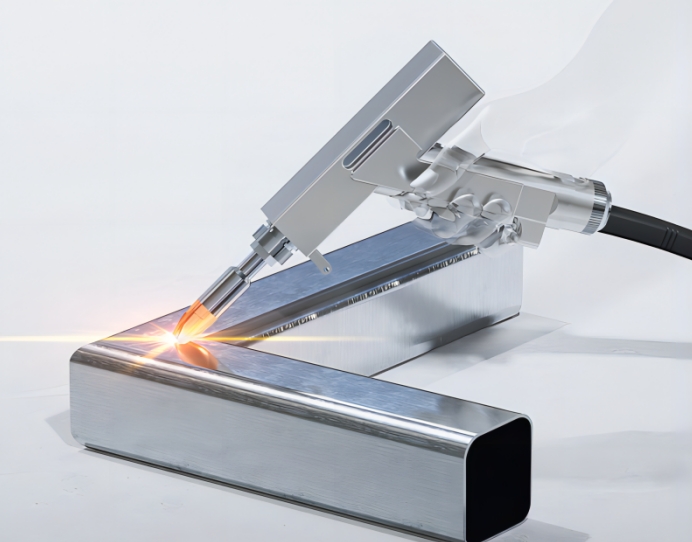Can Laser Welding Machines Be Used for Thin or Thick Plate Materials?
Laser welding machines are widely used across industries due to their precision, speed, and flexibility. A common question among buyers is: Can laser welding be used for both thin and thick materials? The short answer is yes — but with important limitations depending on the material thickness and application requirements.

1. Laser Welding for Thin Plate Materials
Laser welding is highly effective for thin metal sheets, typically ranging from 0.1mm to 3mm in thickness. The concentrated energy of the laser beam allows for:
Precise weld seams with minimal distortion
High-speed processing ideal for automated production
Excellent weld quality with low spatter and clean appearance
This makes laser welding especially suitable for applications in the electronics, medical device, and automotive industries where fine, repeatable welds are essential.
Pulsed laser welding is often preferred for ultra-thin materials, as it provides better control over heat input and reduces the risk of burn-through.
2. Laser Welding for Medium to Thick Plate Materials
For materials between 3mm and 7mm, modern high-power fiber laser welding systems perform exceptionally well. These machines can achieve deep penetration welds while maintaining a narrow heat-affected zone (HAZ), which is crucial for structural integrity and aesthetics.
In such cases, using a laser welding system with a scanning head or oscillation function improves gap bridging and weld bead formation, making it easier to handle variations in joint fit-up.
3. Limitations for Materials Thicker Than 7mm
While laser welding offers many advantages, it becomes less effective when dealing with plates thicker than 7mm. The main reasons include:
Limited penetration depth without excessive power consumption
Difficulty in achieving full fusion in single-pass welds
Higher equipment costs for high-power lasers needed for thick sections
For these applications, hybrid welding (laser + arc) or traditional arc welding methods like MIG or submerged arc welding may be more cost-effective and practical.
Laser welding machines are well-suited for both thin and medium-thickness plates, offering superior speed and quality. However, for materials exceeding 7mm, alternative welding technologies should be considered. Buyers should carefully evaluate their specific material thickness and production needs before selecting a laser welding machine to ensure optimal performance and return on investment.
Recent Posts
- What are the advantages of laser welding machines in lithium battery pack production lines?
- What issues should be noted when choosing a lithium battery pack production line?
- Quality Inspection and Control of Lithium Battery Module Pack Production Line
- Cell grouping and sorting process in lithium battery module pack production line
- What are the safety hazards of lithium battery pack production lines and how can they be prevented?
INQUIRY

